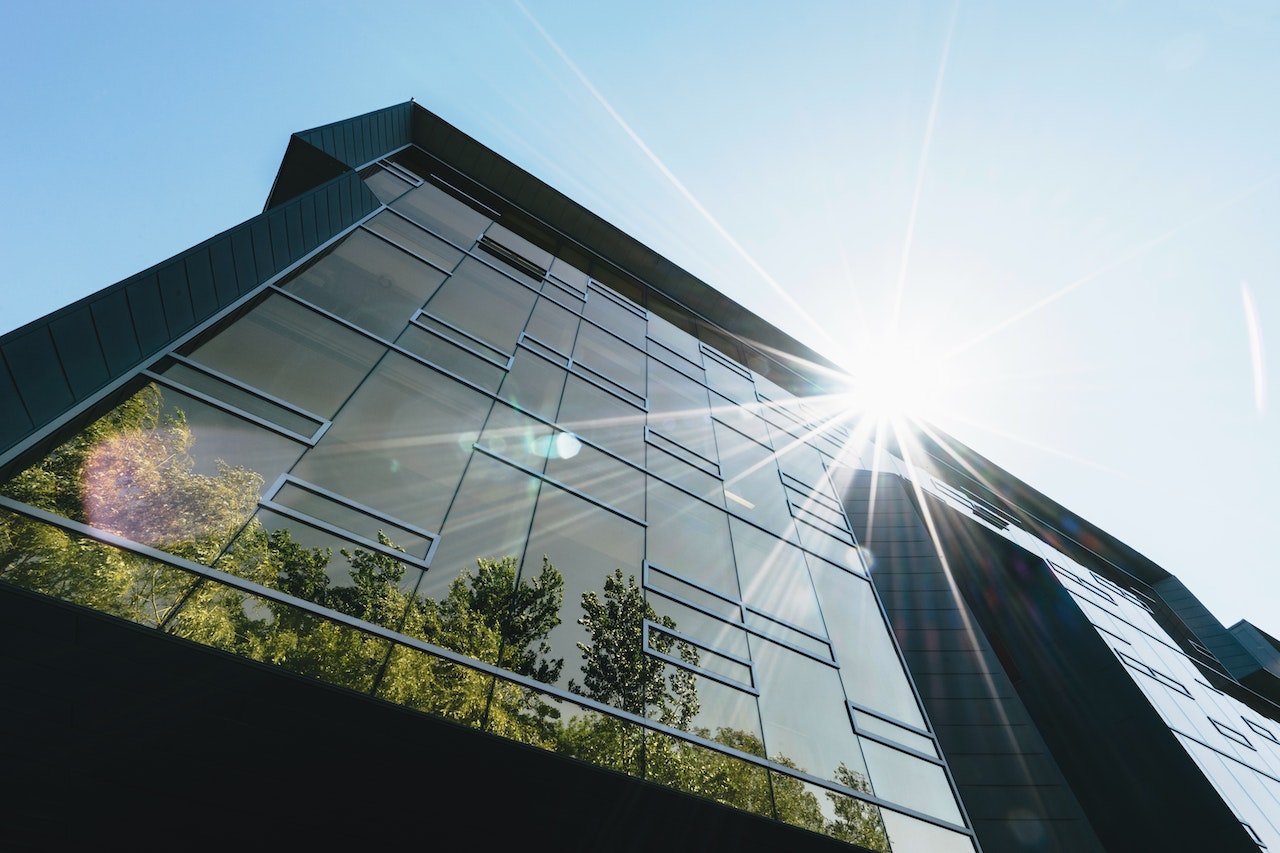Surety Bond Professionals is a family owned and operated bonding agency with over 30 years of experience. With access to a broad range of surety markets, our expert agents are ready to assist with all of your construction bond needs.
What Is Greenscape Construction?
Greenscaping is a type of landscaping architecture that aims to create sustainable landscapes that benefit society and the environment while saving money. Greenscape construction projects range in size from small municipal parks and school campuses to sports plexes, industrial parks, and other spaces comprising hundreds of acres.
The project owners may be government entities, commercial enterprises, sports complexes, or institutions such as colleges or medical centers that are making a commitment to environmental stewardship.
In many municipalities, they have adopted greenscaping as the primary approach for dealing with condemned buildings and vacant lots, turning such spaces into sustainable greenspaces, including gardens, playgrounds, parks, or sports facilities. In the spirit of environmental stewardship, someone should deconstruct rather than demolish unwanted buildings, making it easier to salvage building materials for reuse.
What Does Greenscaping Involve?
Greenscaping typically involves preservation of existing ecosystems and incorporates sustainable design elements such as green roofs, stormwater collection systems, rain gardens, irrigation with greywater, and so on. A greenscaping design may also include buildings and other structures.
Greenscaping is an interdisciplinary effort that requires knowledge of geology, hydrology, ecology, and other natural sciences, as well as construction expertise. Some greenscaping landscape designers specialize in creating and preserving certain types of ecosystems, such as prairie restoration or wetland creation.
Keeping maintenance costs down is a key greenscaping principle. Greenscaping designers work closely with the contractors who execute their designs, as well as with project owners, to find ways to minimize maintenance costs.
Benefits of Greenscaping
The major benefits of greenscape landscaping, including cost reduction, are derived from the fact that it:
- Supports waste reduction through reuse and recycling, for example, by using long-lasting plastic benches instead of wooden ones, using recycled rubber surfacing for pathways, and placing recycling bins around the property.
- Is eco-friendly, using environmentally safe fertilizers, pesticides, and other products.
- Conserves water by using mulch, collecting rainwater, establishing greywater systems, etc.
- Sequesters carbon and cleans the air and water.
- Reduces energy costs by installing solar-powered lighting.
- Restores habitats and preserves ecosystems through the conservation of native plants and wildlife.
- Contributes to the development of healthy communities by providing spaces that encourage education and play while learning about environmental stewardship.
There are risks as well as rewards, just as there are with any construction project, because greenscaping is essentially a specialized type of construction. Those risks are mitigated through a variety of construction surety bonds.
What Is a Construction Bond?
Construction bonds are surety bonds used to provide financial protection for project owners and others who could experience a monetary loss due to the unlawful or unethical actions of a contractor. The bond holds the contractor to certain standards of conduct and regulatory compliance and, in the event of a violation, provides a way to compensate the project owner.
The protective power of any construction bond lies in the fact that it is a legally binding contract. The three parties to the contract are the obligee (the project owner requiring the bond), the principal (the contractor purchasing the bond), and the surety guaranteeing the bond.
What Greenscape Construction Bonds May be Required?
Any or all of the following construction bonds could be required by the owner of a greenscaping project.
Bid bonds are required in competitive bidding situations as assurance for the obligee that the principal will accept the job at the price quoted if awarded the contract. It may also serve as a guarantee that the principal will be able to furnish any additional bonds that may be required.
Performance bonds guarantee that the principal will complete the job in compliance with regulatory and contractual requirements. Without this guarantee, a project owner could bear the cost of having to bring another contractor in to finish the work if the original contractor did substandard work or became insolvent, went out of business, or defaulted on the contract for any other reason. With a performance bond in place, the obligee can file a claim against it for any additional costs to remediate or complete the work. Performance bonds are required for most public projects and by many private project owners.
Payment bonds guarantee that the principal will pay subcontractors, laborers, and suppliers in accordance with the terms of the greenscaping contract. Guaranteeing that injured parties can recover damages by filing a claim against the payment bond protects the project owner from any liability that could result in claims against the property for nonpayment. Payment bonds are required on most public projects and increasingly are being required by private project owners.
Maintenance bonds guarantee the quality and integrity of the principal’s work. If defects surface within a specified period of time, the principal is obligated to make the necessary repairs or replacements. If the principal fails to remedy the situation, the obligee can file a claim against the bond to cover the repair or replacement costs.
Any bonding requirements should be made clear during early discussions about a greenscaping project.
Get A Quote
Our surety bond professionals will get you the greenscaping surety bond(s) you need at a competitive rate.





